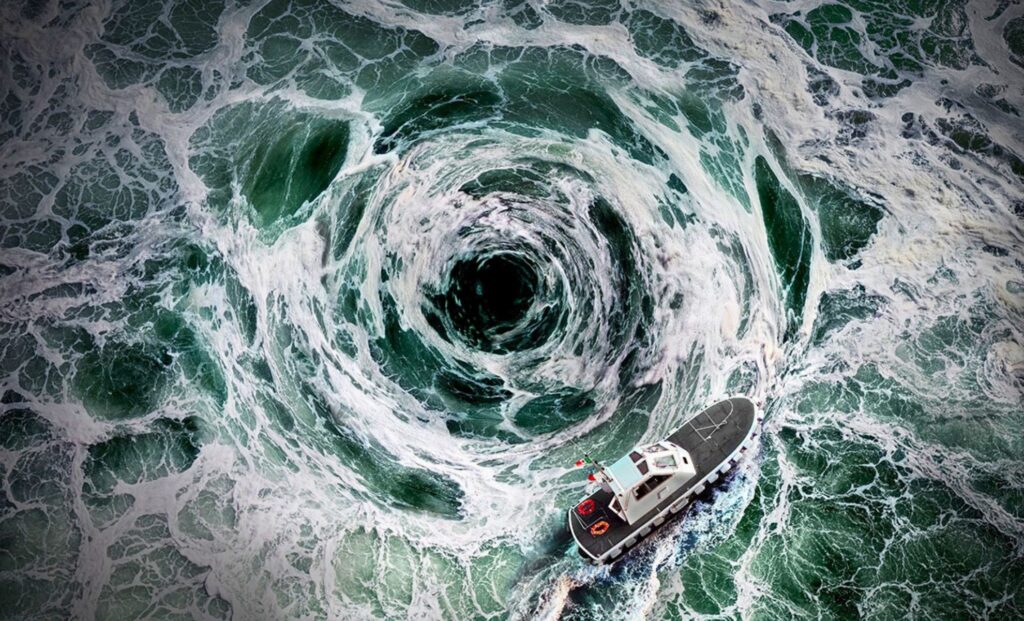In a surprising revelation, new research suggests that a geological anomaly millions of years ago could have dramatically lowered the Earth’s sea levels by up to 30 meters.
This fascinating discovery sheds light on how ancient changes in seafloor spreading influenced ocean basins and significantly impacted global sea levels.
The study, which focuses on the period between 15 million and 6 million years ago, provides key insights into a past event that mirrors the effects of contemporary sea level changes—though in the opposite direction.
A Geological Process That Deepened Ocean Basins
Between 15 million and 6 million years ago, a slowdown in seafloor spreading led to a significant reduction in the production of ocean crust, dropping by approximately 35%.
This slowdown had a cascading effect on Earth’s ocean basins. As the ocean crust production decreased, the basins deepened, resulting in a substantial drop in sea levels.
The researchers calculated that this event caused sea levels to fall by 26 to 32 meters, which is comparable to the level of sea level rise that would occur today if the entire East Antarctic Ice Sheet were to melt.
The results from this study led by Colleen A. Dalton and her team, published in Geochemistry, Geophysics, Geosystems, were based on careful calculations that considered various initial conditions for the age and area of the ocean crust, along with the rates at which it was destroyed.

, determined using the age grid from Müller et al. (2016), and gray curve (right axis) shows how the modern-day subduction rate is partitioned according to the age of the downgoing plate at the trench. (c) Age dependence of seafloor depth (black) and surface heat flow (magenta) for the plate cooling model (PCM; solid) and half-space cooling model (HSCM; dashed) from Stein and Stein (1992).
Reduced Heat Flow Contributed to Global Cooling
The geological changes not only deepened the ocean basins but also had a significant impact on the Earth’s thermal environment. Researchers found that heat flowing into the ocean from the hot mantle beneath the Earth decreased by approximately 8% overall between 15 million and 6 million years ago.
The slowdown in seafloor spreading also led to a more dramatic reduction of 35% in hydrothermal flux near ocean ridges. This decrease in heat flow likely altered the ocean’s chemistry, which may have contributed to global cooling.
As the ice sheets expanded, more water was trapped in ice, leading to even lower sea levels. The study suggests that, had this process continued, sea levels could have fallen by an additional 60 meters due to thermal contraction of seawater, as well as the increased storage of water in the expanding ice sheets.
Supporting Evidence from Coastal Rock Layers
Though sea level records from the past 15 million years are sparse, the study’s findings are consistent with existing geological data. Researchers point to coastal rock layers in New Jersey and offshore Nova Scotia, which provide evidence supporting their conclusions.
These data points, along with the new calculations, help to verify that the changes in seafloor spreading and their effects on sea levels were significant during this period.
While this is not the first study to explore the relationship between seafloor spreading and past sea level changes, the researchers note that their work provides a more refined and statistically confident analysis of this period than most previous studies.
The findings of this study not only enhance our understanding of Earth’s distant past but also offer insights into how tectonic processes continue to influence the planet’s environment.

